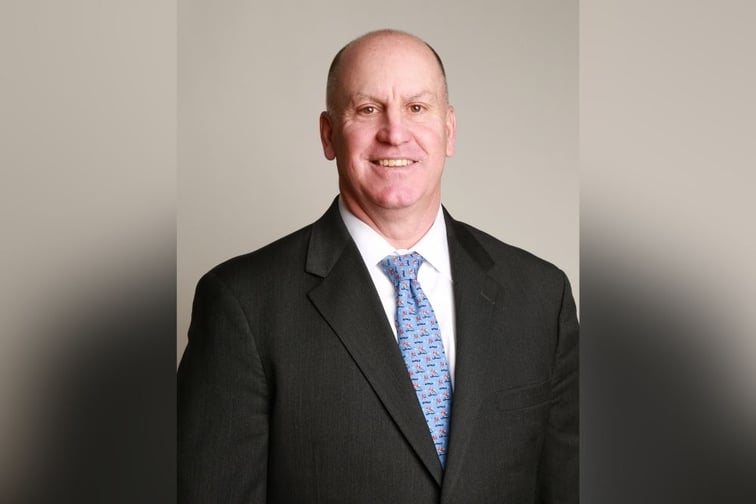

Directors and officers (D&O) insurance underwriters are always on the lookout for new exposures and trends that could result in a potential uptick in the frequency and severity of litigation and claims.
The past two years have really kept D&O underwriters on their toes.
Through 2020 and the first year of the COVID-19 pandemic, when states across the country enforced lockdowns and physical distancing in the interest of public health and safety, one of the biggest concerns for D&O underwriters was the heightened risk of business insolvencies.
Joe Caruso (pictured), head of Financial Lines North America at AGCS, said the risk of bankruptcy mainly revolved around small businesses and small to medium-sized private corporations in certain sectors. He commented: “Given the shutting down of the country for a long period of time, a lot of smaller businesses, retail shops, and restaurants couldn’t sustain their businesses and there were insolvencies.
“However, throughout the whole pandemic, I think the federal government did a tremendous job in terms of providing some stabilization through the PPP loans and other [financial support mechanisms] that were given out to smaller corporations and private companies to help them through the challenges.”
As the pandemic has progressed, the world has entered into a challenging economic period. In January 2022, the US reported its biggest annual increase in inflation in 40 years. In March, the Federal Reserve is expected to raise interest rates by 25 basis points or more, and Federal Reserve chair Jerome Powell has warned that the US central bank will have to “be nimble” in responding to shifting dynamics.
“For so many years, there’s been so much government support, in terms of cheap money and low interest rates. But now, we’re in an environment where inflation has really ramped up and we’re going to see significant interest rate hikes. I think in 2022, we’re going to start to see inflation have an impact on different businesses,” Caruso commented.
“We’re cognizant in the financial institutions (FI) space; you’ve got to look at the volatility in the [financial] markets, and you’ve got to look at inflation and how that might impact companies in terms of their financials and their costs of doing business. It’s something that we’re keeping a very close eye on [and] monitoring how this economic environment impacts the businesses that we underwrite every day.”
Alongside equity market volatility, economic inflation, and interest rate hikes, businesses are also contending with charged political environments (both domestically and internationally), and significant supply chain disruptions related to the pandemic. While supply chain issues, like the semiconductor chip shortage in the automotive industry, don’t necessarily have a direct impact on D&O liability risk, they certainly could if management doesn’t respond to the challenges and disclose that response appropriately, according to Caruso.
Adequate disclosure of business risks and the actions taken to mitigate those risks will always be top of mind for D&O underwriters. Now, more than ever, businesses are being scrutinized for how they manage environmental, social, and governance (ESG) risks, and how they respond to climate change and sustainability initiatives.
“ESG is front and center, and it [could cause] a potential uptick in D&O litigation,” Caruso told Insurance Business. “A lot of companies are out there being asked about what they’re doing in terms of ESG for their organizations, what measures the board is taking, and what controls they’re putting in place. It’s one thing for a company to make comments and state what they’re doing, but to actually see what companies are doing and the impact those actions are having on the company is really something that D&O underwriters have to evaluate and understand.”
In the FI space – Caruso’s wheelhouse – companies have got to ensure they’re looking at their capital focus towards sustainable projects. He explained: “Banks are now lining all their lending and investing portfolios around those types of things. Regulators are starting to look at climate change, and investors are also paying attention to climate change and ESG risk and disclosure.
“Businesses need clear processes in place for managing and disclosing the impact of those risks – and that includes climate change, digital issues, asset bubbles, inflation and interest rate risks, supply chain, social issues [like DE&I and #MeToo] and everything else. They’re the trends that we’ve got to look to in the future, and if they’re not properly managed, we could potentially see litigation upticks in certain areas.”
